







The Amboseli Chyulu ecosystem experienced dry and hot weather in May. Vegetation dried off and grass was completely degraded or removed save for elephant grass (Pennisetum purpureum). Herbivores traversed long distances in search of food and water occasionally invading farms and escalating conflict with the communities bordering conservation areas. This conflict has resulted in the injury and at times death of some wild animals
The Amboseli Mobile Veterinary Unit attended 5 cases in May. These cases included rescuing an abandoned giraffe calf at Imbirikani; rescuing a zebra trapped in a fence in Ziwani; attending to 2 electrocuted wildebeest in Lake Jipe Wildlife Sanctuary; and the capture and translocation of 282 wild animals from Gicheha farm to the Tsavo Ecosystem.
We thank Sheldrick Wildlife Trust (SWT) for material support and funding. Staff and rangers at Big Life Foundation, Gicheha Farm, Lake Jipe Wildlife Sanctuary are acknowledged for their support and company during the veterinary interventions. We additionally thank everyone involved in the monitoring of distressed wildlife this month
Date Species Area Found
Reason for Intervention Outcome
17 May 22 Zebra Gicheha Farm HWC Trapped in the farm’s perimeter fence Died
24 May 22 Wildebeest
24 May 22 Wildebeest

27 May 22 Giraffe
Lake Jipe Wildlife Sanctuary Natural Causes
Lameness on its right forelimb Died
Lake Jipe Wildlife Sanctuary HWC collapsed after being electrocuted by the perimeter fence Task successful
Imbirikani Rescue 3 5 day old calf orphaned after its mother died from an unknown cause Task successful
21 May 22 to
02 June 22
Wildebeest, zebra, Grant gazelle, oryx, eland, impala and hartebeest
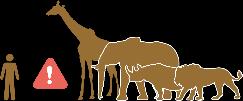
Gicheha Farm Relocation
282 animals belonging to 7 different species translocated to reduce human wildlife conflict Task successful

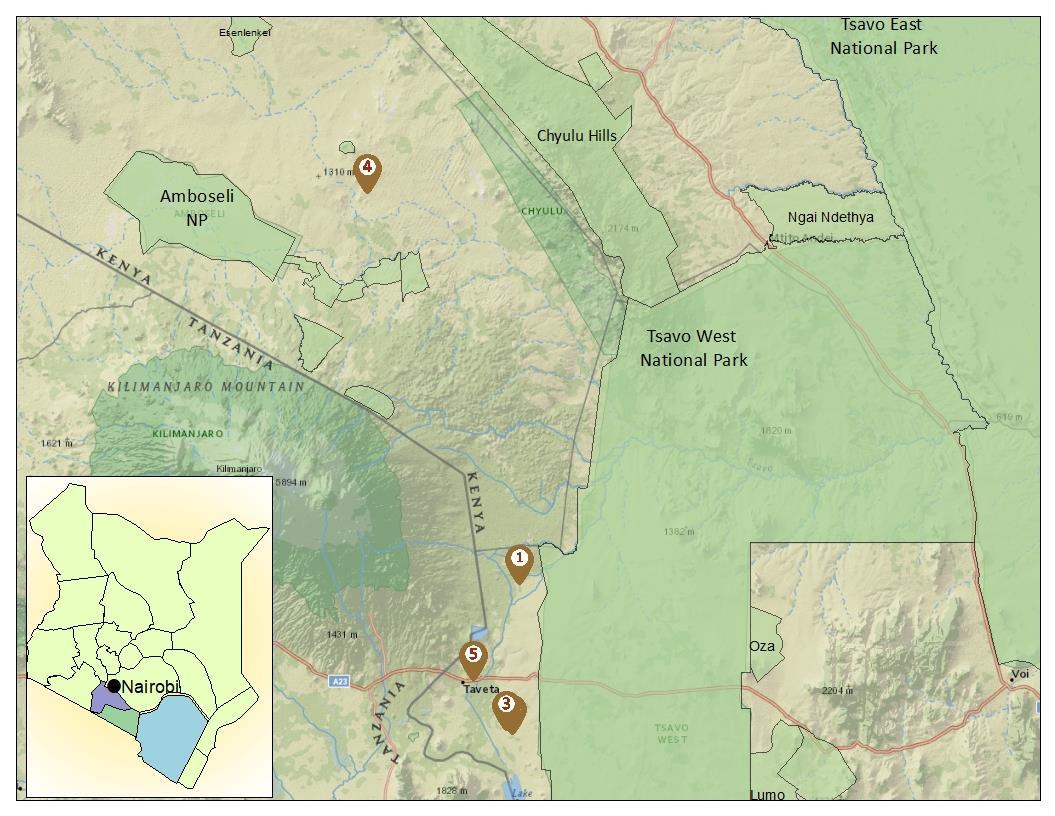
Security guards at Gicheha Farm reported finding a zebra trapped in the farm’s perimeter fence. The zebra had tried to force its way through the fence but ended up getting electrocuted and trapped.




The stallion was immobilized with 70 mg Azaperone and 6 mg Etorphine administered intramuscularly The zebra responded well to the drugs, and it was completely immobilized after10 minutes.
Six fence wires were trapping the zebra legs inflicting injuries on its neck and hind leg. The animal was freed from the fence then its wounds were sprayed with Oxytetracycline to cover for local infection. 20mls Amoxicillin was also administered intramuscularly to cover for systemic bacterial infection. Thereafter, Diprenorphine was administered intravenously to reverse anaesthesia
Unfortunately, the zebra was unable to stand due to the neck injury. It was therefore euthanized to alleviate its suffering.
The Amboseli Vet Unit was informed of a lame wildebeest by Rangers at Lake Jipe Wildlife Sanctuary
Chemical immobilization was achieved by darting the wildebeest with 50 mg Azaperone and 5mg Etorphine. A severe fracture of the metatarsal bones in the fore right leg was observed.
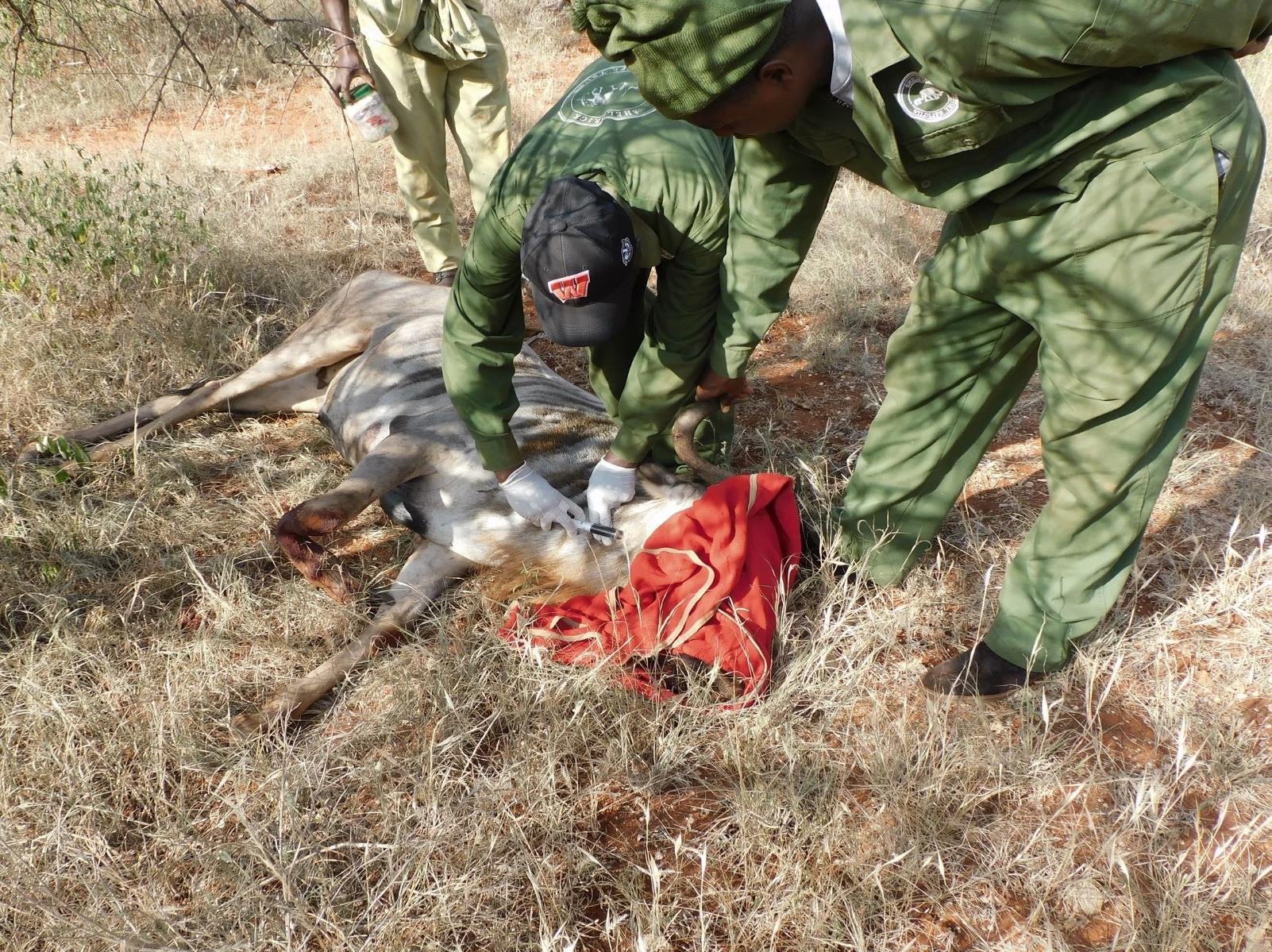
The wildebeest could barely rise or walk. The animal had a poor prognosis and it was therefore euthanized on welfare grounds
The Amboseli Vet Unit was called to attend to a wildebeest that had collapsed after being electrocuted by the perimeter fence.


The wildebeest was found strong and alert. It had been tethered by its horns to a fence post. The animal was darted with 50 mg Azaperone and 5 mg Etorphine then the insulated electrical wire around its horns was cut and removed. Anaesthesia was then reversed. The animal rose a short while later and ran into the bush.


The wildebeest had not suffered any serious injuries, it therefore has a good prognosis.


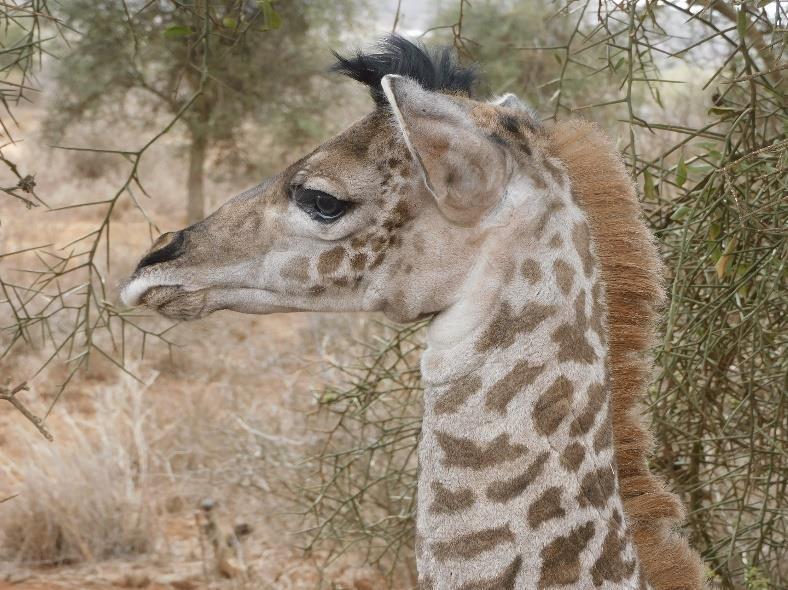
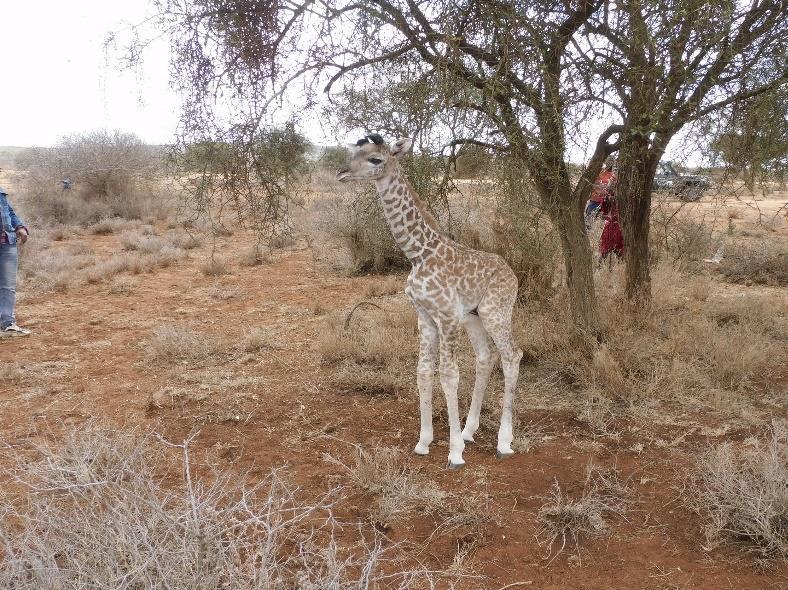
The Amboseli Vet Unit was informed by Big Life Foundation that an orphaned calf, approximately 3 5 days old, had been found in Imbirikani.
The calf was dehydrated and weak. She had suffered several bite wounds on her legs, but she could walk freely without difficulty The calf’s mother had died of an unknown cause. However, her carcass had been scavenged upon by humans, domestic dogs and wild animals.
The calf was restrained manually and transported by helicopter to the SWT Kaluku stockades for care and rehabilitation.
Human population increase and land use change in Kenya has continually led to human wildlife conflict. Gicheha farm, a privately owned farm, in Taita Taveta County has equally suffered the same. Wildlife in the farm has competed with livestock for limited resources leading to human injury and livestock predation. In an effort to reduce the prevailing human wildlife conflict, wildlife translocation was implemented as recommended in KWS internal reports.
All animals were captured manually using a mass capture system. The animals were manoeuvred into a cone shaped boma made of plastic curtains, metal poles and wire cable by a SWT helicopter. They were then physically pushed into a transport container by people on the ground. All animals were transported and released into the recipient sites by lorry.
282 animals belonging to seven different species (wildebeest, zebra, Grant Gazelle, Oryx, eland, Impala and hartebeest) were successfully moved. The exercise substantially reduced the targeted wildlife population. However, with the reduction in herbivorous species, it is probable that livestock predation by carnivores will increase in the farm. Secondly, the farm is endowed with abundant resources amidst an adjacent resource deficient environment. Therefore, wild animals may eventually break into the farm to access these resources. Furthermore, the remnant species now have all the opportunity to multiply and increase in number. There is therefore a need to move these wild animals seasonally to effectively manage their population.
Unfortunately, no pictures are available for this case.